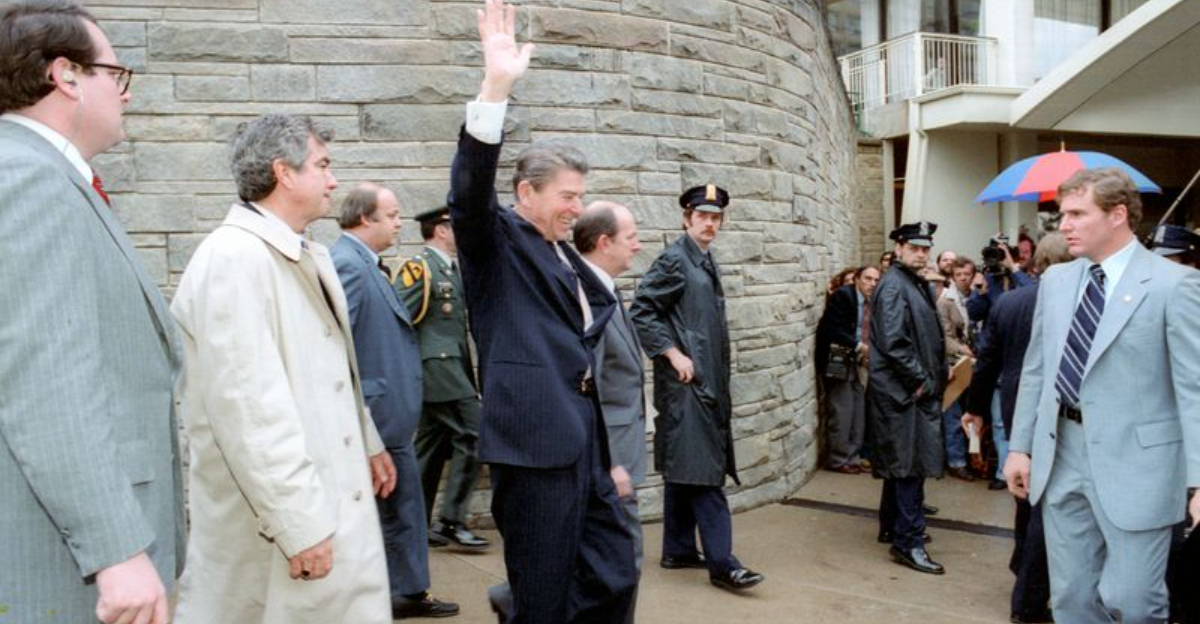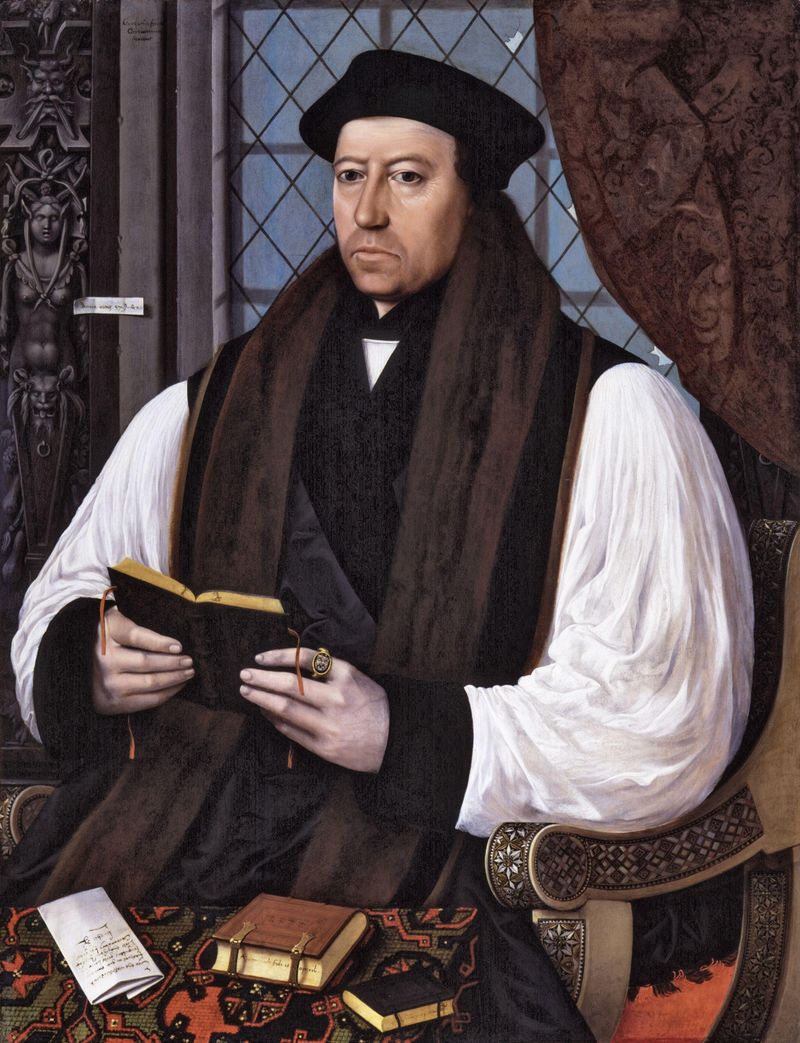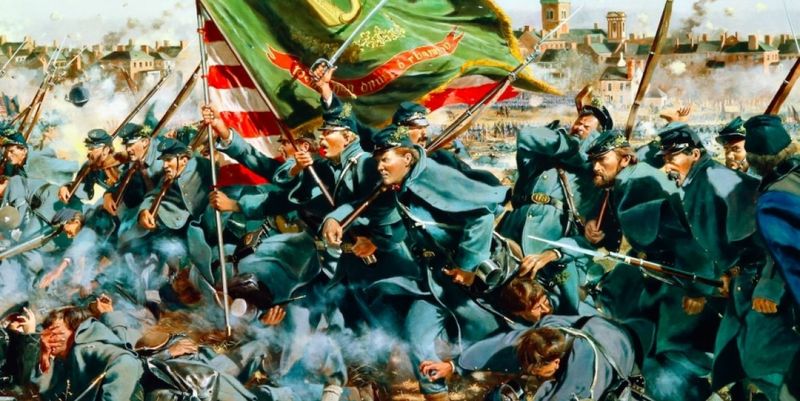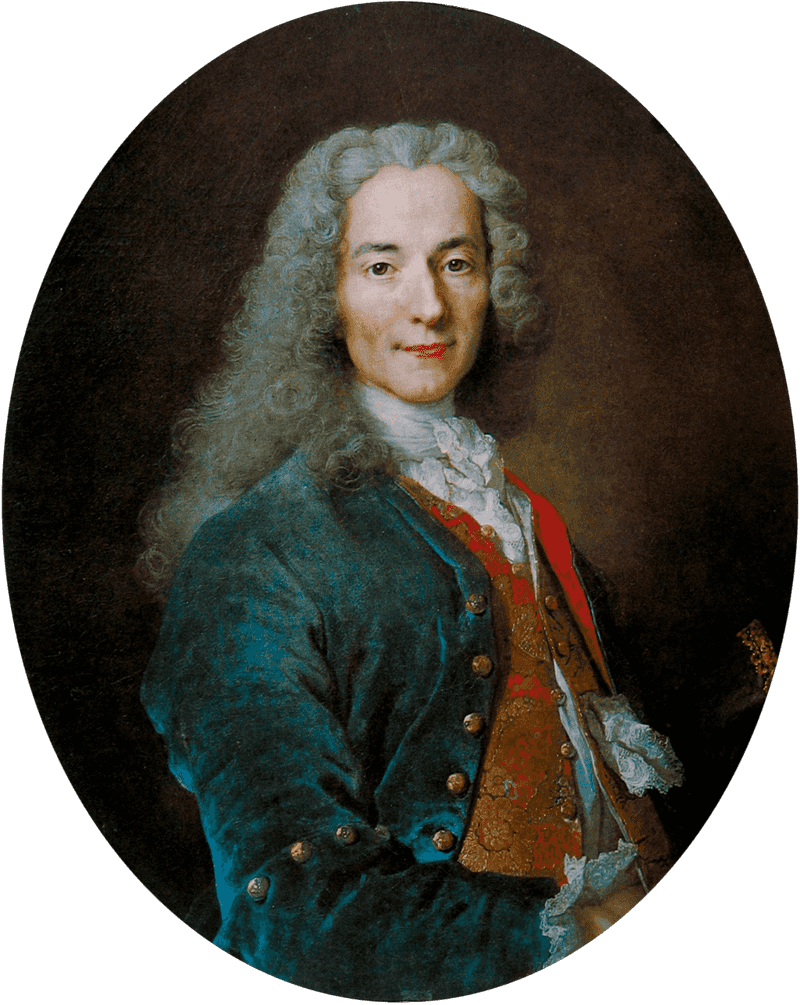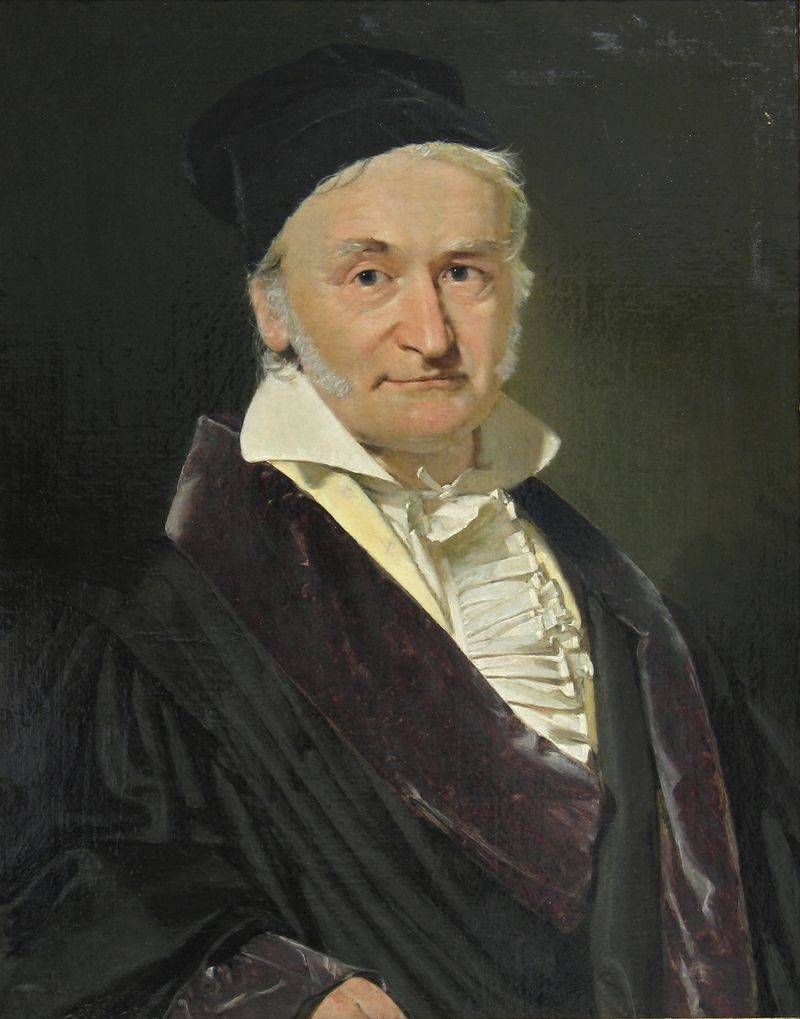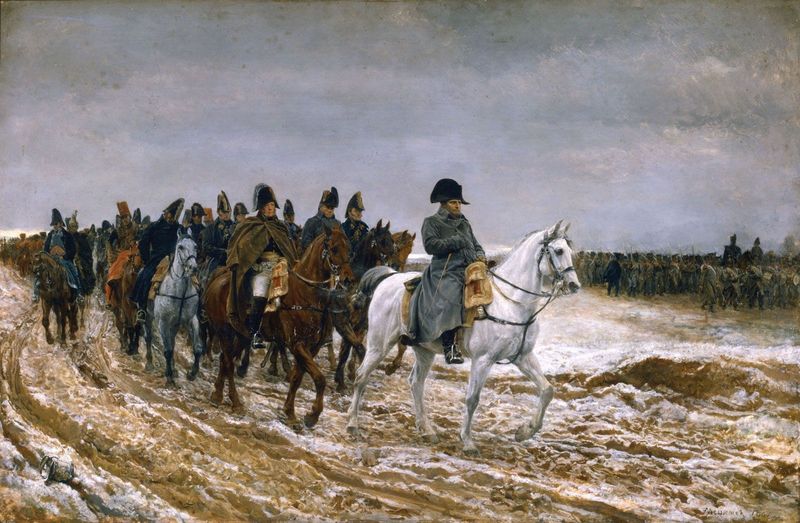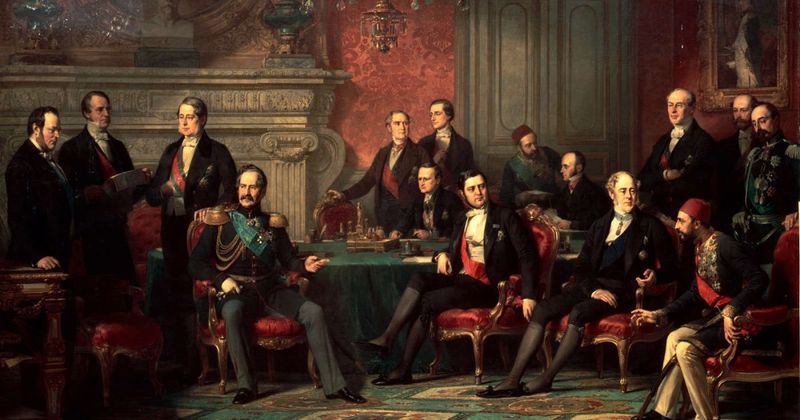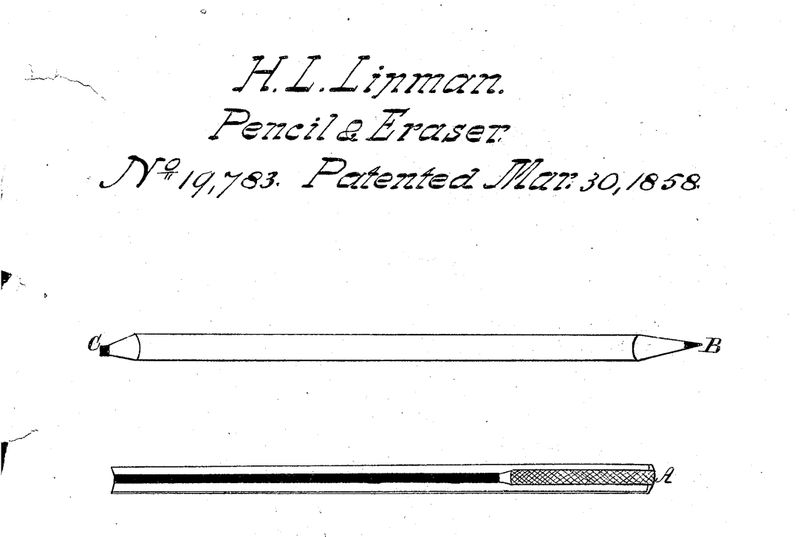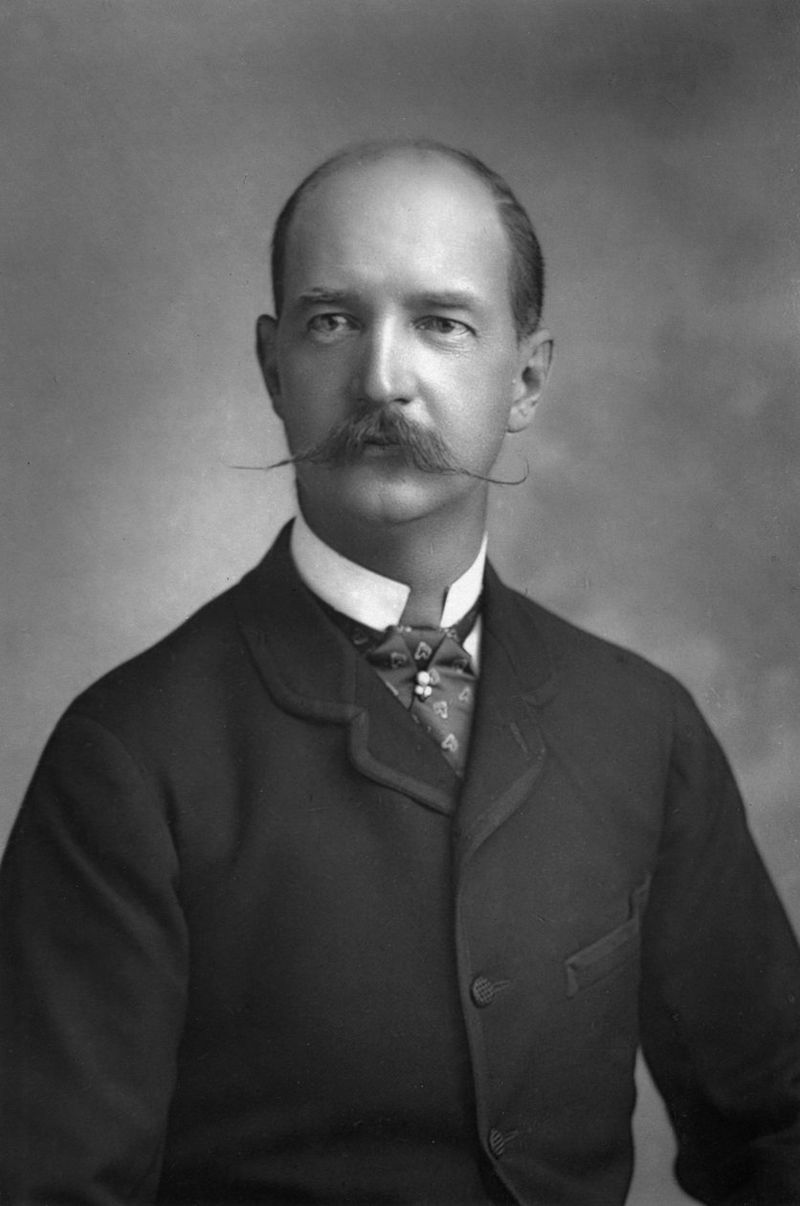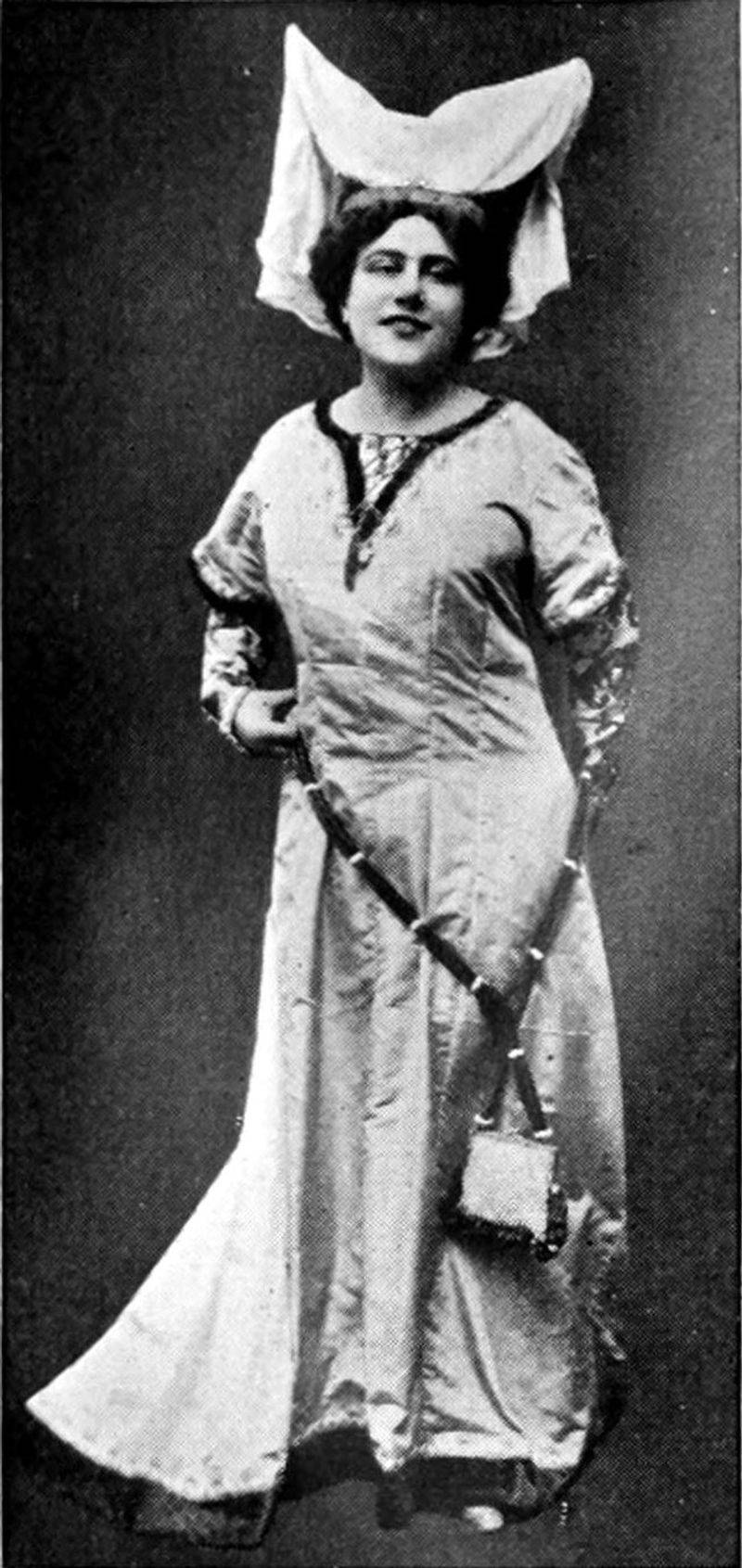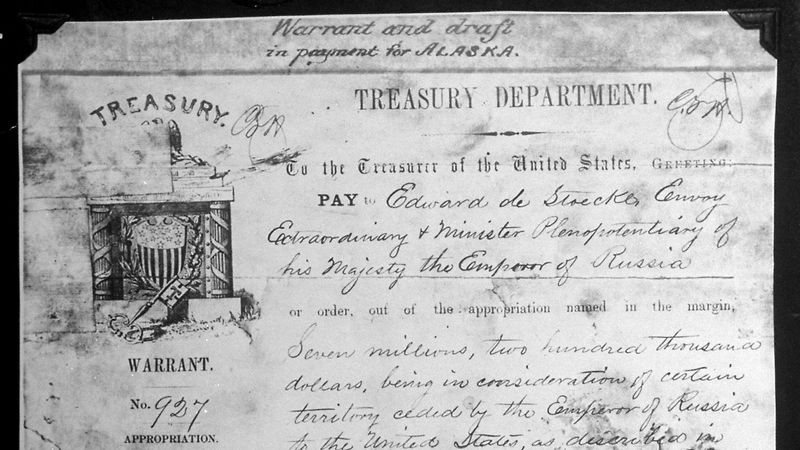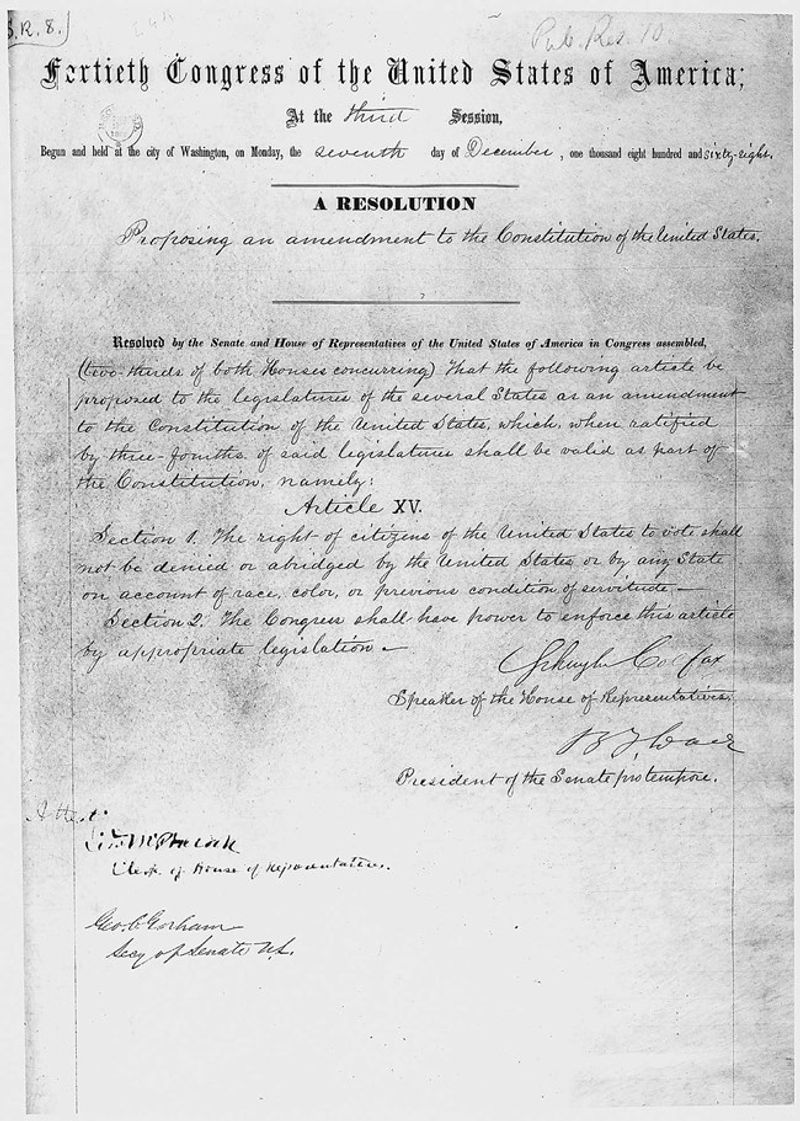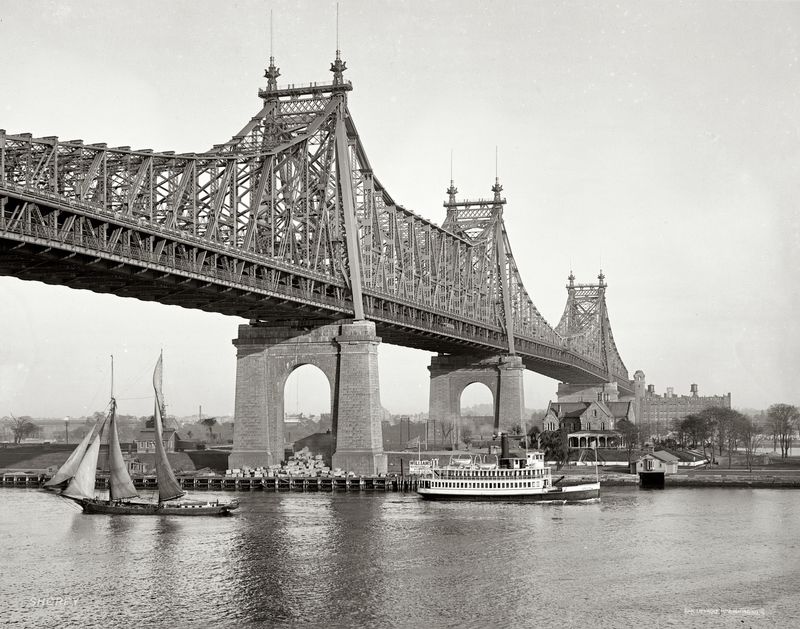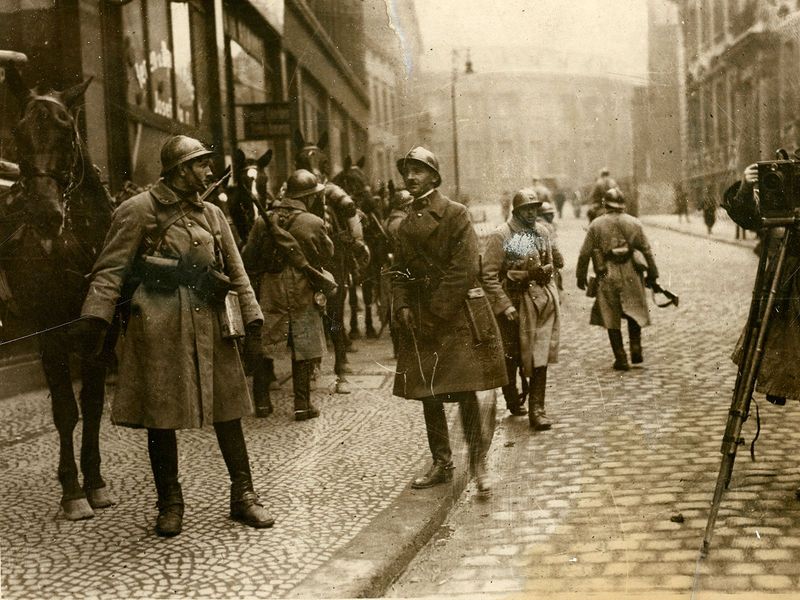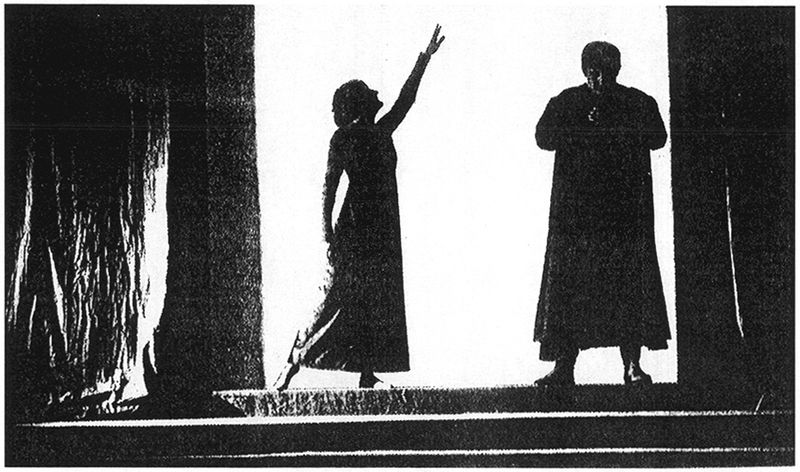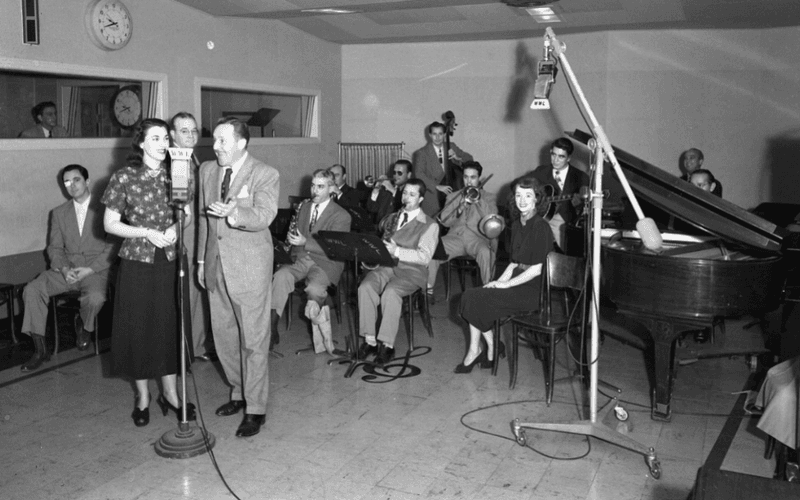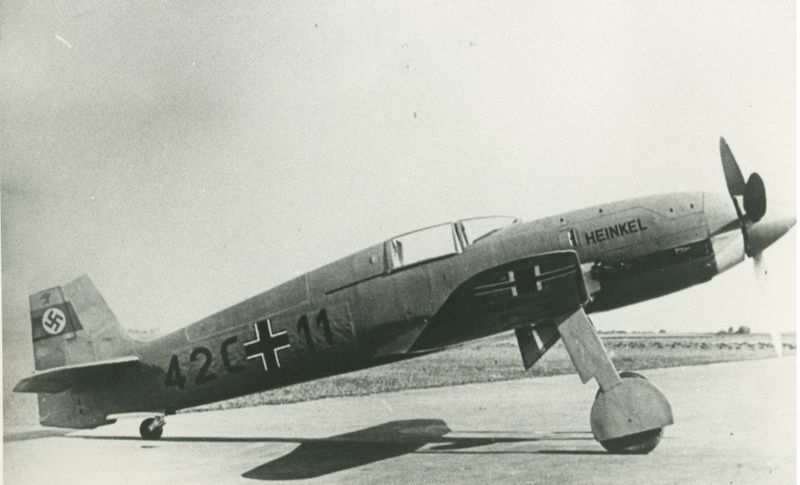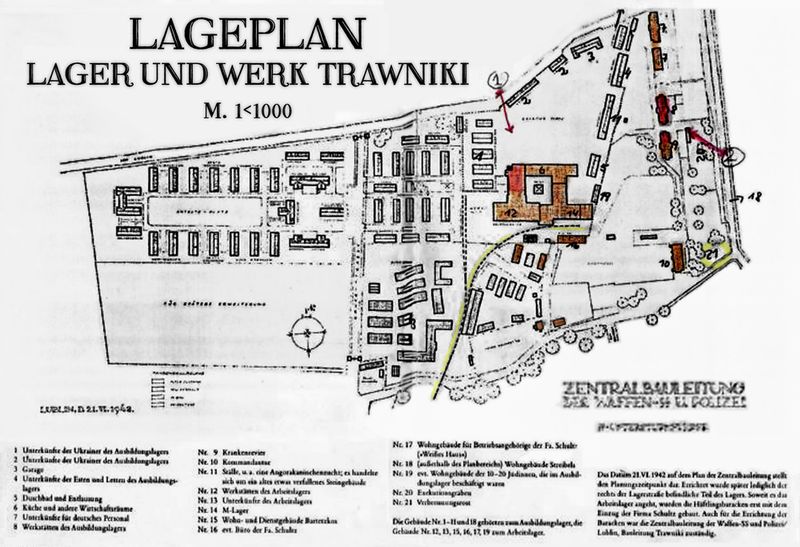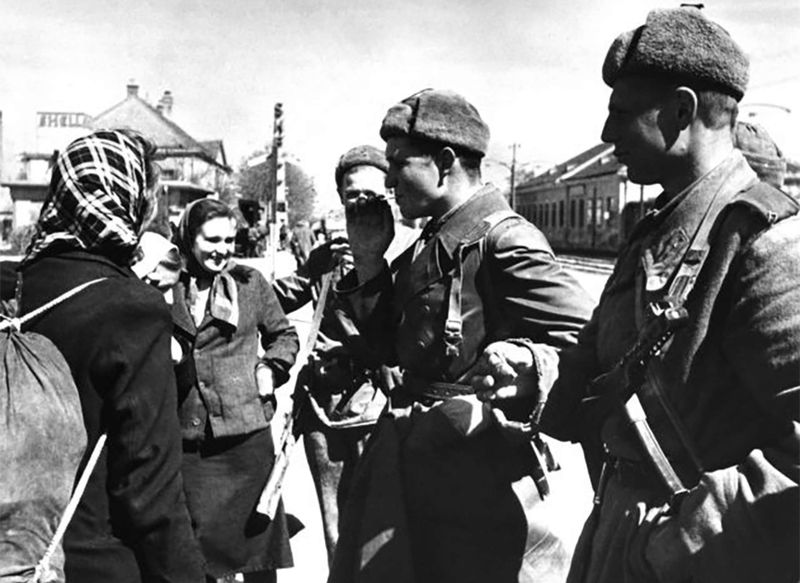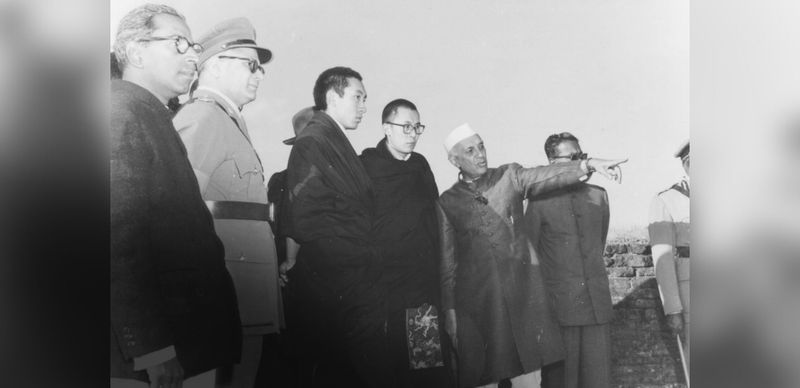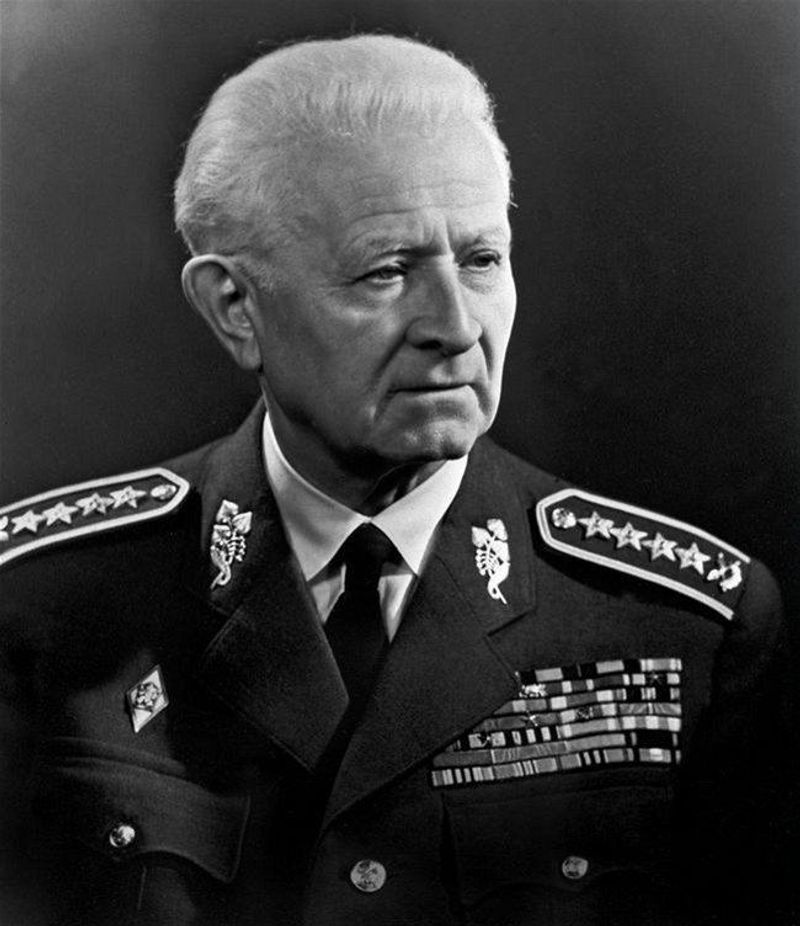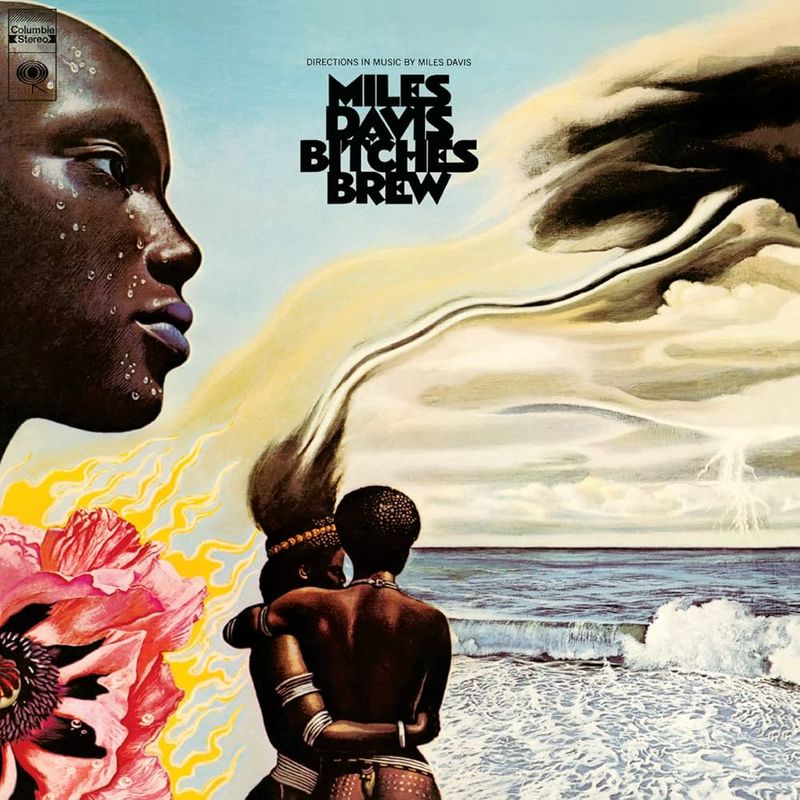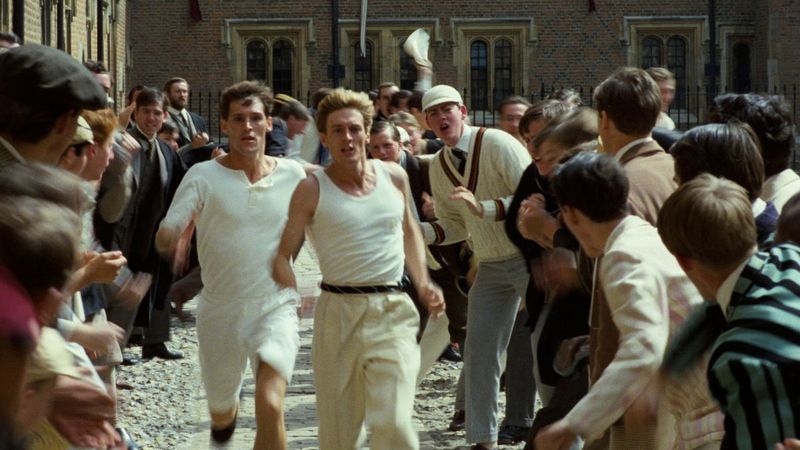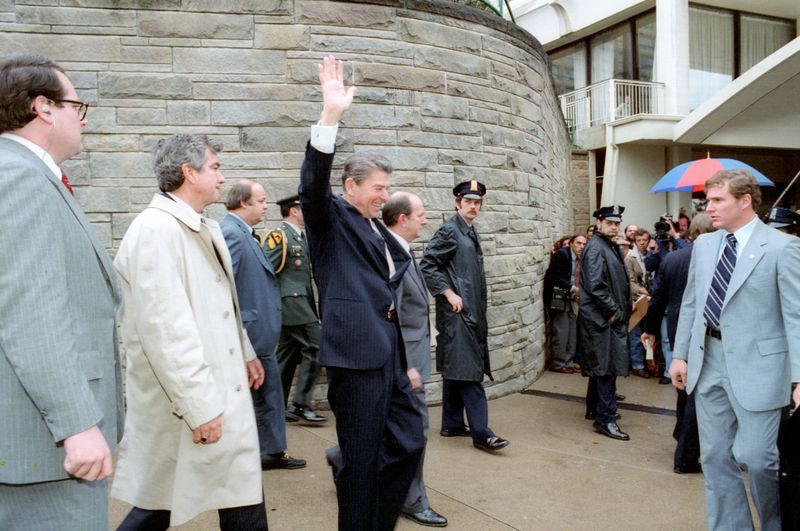March 30 has witnessed numerous historic events, each contributing to the rich tapestry of our global heritage.
From remarkable scientific achievements to significant political milestones, this date offers a fascinating glimpse into the past.
Join us as we explore 29 notable events that have occurred on this day throughout history.
1. 240 BC – First recorded perihelion passage of Halley’s Comet
The first documented observation of Halley’s Comet occurred on March 30, 240 BC. This celestial event marked a significant moment in the study of astronomy.
Ancient astronomers noted the comet’s bright appearance as it made its closest approach to the Sun, known as perihelion. Halley’s Comet, visible from Earth approximately every 76 years, has fascinated generations with its spectacular display.
The 240 BC observation laid the foundation for future studies of comets, enhancing our understanding of these mysterious celestial bodies.
2. 1533 – Thomas Cranmer becomes Archbishop of Canterbury
On March 30, 1533, Thomas Cranmer was appointed as the Archbishop of Canterbury. This pivotal moment in the English Reformation saw Cranmer play a crucial role in shaping religious practices.
His tenure was marked by significant changes, including the establishment of the Church of England. Cranmer’s influence extended beyond the ecclesiastical sphere.
He championed the translation of religious texts into English, making them more accessible to the public. His leadership during this period of religious upheaval left a lasting legacy on English Christianity.
3. 1603 – Battle at Mellifont: English army under Lord Mountjoy beats Irish
The Battle at Mellifont on March 30, 1603, was a decisive conflict in the Nine Years’ War. Led by Lord Mountjoy, the English army successfully defeated Irish forces, marking a turning point in the struggle for control over Ireland.
This victory paved the way for English dominance in the region. The battle’s outcome significantly weakened Irish resistance and led to the Treaty of Mellifont in 1603, which further solidified English influence. The event stands as a testament to the complex history of Anglo-Irish relations.
4. 1778 – Playwright Voltaire crowned with laurel wreath
On March 30, 1778, French philosopher and playwright Voltaire was honored with a laurel wreath. This accolade celebrated his immense contributions to literature and the Enlightenment.
Voltaire, renowned for his wit and critical thinking, challenged societal norms through his writings. The ceremony took place in a grand French salon, attended by intellectuals of the era.
Voltaire’s legacy continues to inspire thinkers worldwide, highlighting the power of literature as a tool for social change. His works remain relevant, provoking thought and dialogue centuries later.
5. 1796 – Carl Friedrich Gauss, German mathematician, discovers the construction of the heptadecagon
On March 30, 1796, German mathematician Carl Friedrich Gauss made a groundbreaking discovery: the construction of the heptadecagon. This 17-sided polygon construction was a significant achievement in the field of mathematics.
Gauss’s work laid the foundation for advancements in geometry and number theory. His discovery demonstrated the power of mathematical reasoning and precision.
Gauss’s legacy continues to influence mathematicians today, showcasing the enduring impact of his contributions to the field.
6. 1814 – Napoleonic Wars: Sixth Coalition forces march into Paris after defeating Napoleon
On March 30, 1814, the Sixth Coalition forces triumphantly entered Paris, signaling a pivotal moment in the Napoleonic Wars. This event marked the defeat of Napoleon’s forces, leading to his abdication and the restoration of the Bourbon monarchy.
The coalition’s victory was a significant turning point in European history. It reshaped the continent’s political landscape and set the stage for the Congress of Vienna.
The march into Paris symbolized the end of an era and the beginning of a new chapter in European diplomacy.
7. 1856 – The Russian Empire, the Ottoman Empire, Great Britain, France, and the Kingdom of Sardinia sign the Treaty of Paris ending the Crimean War
The Treaty of Paris, signed on March 30, 1856, officially ended the Crimean War. This agreement brought an end to the conflict involving the Russian Empire, Ottoman Empire, Great Britain, France, and the Kingdom of Sardinia.
The treaty’s signing was a significant diplomatic achievement, highlighting the power of negotiation in resolving international disputes.
It restored peace in the region and redefined territorial boundaries. The Treaty of Paris exemplifies the importance of diplomacy in maintaining global stability.
8. 1858 – Pencil with attached eraser patented (Hyman L. Lipman of Philadelphia)
On March 30, 1858, Hyman L. Lipman of Philadelphia patented a novel invention: the pencil with an attached eraser. This innovation transformed the way people wrote and corrected their work, making it more convenient and efficient.
Lipman’s invention combined two essential tools into one, revolutionizing educational and professional settings.
The pencil with an eraser became a staple, illustrating the impact of simple yet effective innovations on everyday life. Lipman’s creation remains a fundamental tool in education and creativity.
9. 1863 – Danish prince Wilhelm Georg of Schleswig-Holstein-Sonderburg-Glucksburg chosen as King George of Greece
On March 30, 1863, Danish Prince Wilhelm Georg was selected as King George I of Greece. His ascension marked a new era for the Greek monarchy, following the deposition of King Otto.
George I’s reign brought stability and modernization to Greece. He played a pivotal role in establishing constitutional governance and fostering national unity.
His leadership laid the foundation for Greece’s development into a modern state, leaving a lasting legacy on the nation’s history.
10. 1866 – Bedřich Smetana’s comic opera “Verkaufte Braut”/”The Bartered Bride” premieres at Prague Provisional Theatre in Prague, Kingdom of Bohemia
On March 30, 1866, Bedřich Smetana’s comic opera “The Bartered Bride” premiered at the Prague Provisional Theatre. This opera, now celebrated as a masterpiece, marked a significant moment in Czech cultural history.
Smetana’s work highlighted the richness of Czech folk music and traditions. “The Bartered Bride” became a symbol of national pride, showcasing Smetana’s genius in blending humor with musical excellence.
The opera’s success cemented Smetana’s legacy as a leading composer in the Czech Republic.
11. 1867 – The United States buys Alaska from Russia for $7,200,000 (109 million in 2018 dollars), roughly 2 cents an acre
On March 30, 1867, the United States purchased Alaska from Russia for $7.2 million, a transaction known as the Alaska Purchase. This acquisition added a vast and resource-rich territory to the U.S.
The purchase was initially met with skepticism, often referred to as “Seward’s Folly.” However, Alaska’s abundant natural resources, including gold and oil, proved to be invaluable.
The acquisition marked a strategic expansion of U.S. territory, significantly contributing to the nation’s growth and development.
12. 1870 – The 15th Amendment to the US Constitution is adopted, guaranteeing the right to vote regardless of race
On March 30, 1870, the 15th Amendment to the U.S. Constitution was officially adopted. This landmark amendment guaranteed the right to vote regardless of race, color, or previous condition of servitude.
The 15th Amendment was a monumental step in advancing civil rights and equality in the United States. It laid the groundwork for future legislation aimed at protecting voting rights.
The amendment’s adoption signified a commitment to democracy and justice, inspiring ongoing efforts toward inclusivity and equality.
13. 1909 – New York’s Queensboro Bridge opens, linking Manhattan & Queens
On March 30, 1909, the Queensboro Bridge officially opened, connecting Manhattan and Queens. This engineering marvel played a crucial role in New York City’s development, facilitating transportation and economic growth.
The bridge’s construction showcased innovative design and engineering techniques. It became a vital artery for the city’s expansion, enhancing connectivity between boroughs.
The Queensboro Bridge remains an iconic symbol of New York’s architectural and urban achievements.
14. 1911 – Lötschberg tunnel in Switzerland (13,735 m) completed
The Lötschberg tunnel, completed on March 30, 1911, was a monumental engineering feat. Stretching 13,735 meters, it facilitated transportation through the Swiss Alps, connecting northern and southern Switzerland.
The tunnel’s completion marked a significant advancement in railway infrastructure, enhancing trade and travel efficiency.
It stands as a testament to human ingenuity and perseverance in overcoming geographical challenges. The Lötschberg tunnel continues to be a vital part of Switzerland’s transportation network.
15. 1919 – Belgian Army occupies Düsseldorf
On March 30, 1919, the Belgian Army occupied Düsseldorf as part of the post-World War I Allied occupation of Germany. This occupation aimed to enforce the terms of the Treaty of Versailles, ensuring Germany’s compliance.
The Belgian presence in Düsseldorf was part of broader efforts to maintain peace and stability in Europe.
The occupation highlighted the complexities of post-war reconstruction and the challenges of enforcing international agreements. It remains a significant chapter in the aftermath of World War I.
16. 1919 – Paul Claudel’s “Tête d’Or” premieres in Paris
Paul Claudel’s play “Tête d’Or” premiered on March 30, 1919, in Paris. This work, celebrated for its poetic depth, explored themes of power, ambition, and destiny.
Claudel’s play captivated audiences with its rich language and philosophical insights. The premiere marked a significant moment in French theater, showcasing Claudel’s mastery in blending drama with intellectual exploration.
“Tête d’Or” remains an influential piece in the theatrical canon, inspiring both audiences and playwrights.
17. 1922 – WWL-AM in New Orleans, LA begins radio transmissions
WWL-AM, a pioneering radio station, began its transmissions on March 30, 1922, in New Orleans, Louisiana. This marked a new era in communication, bringing news and entertainment to the masses.
The station played a vital role in shaping the radio broadcasting landscape, becoming a cornerstone of New Orleans’ cultural identity.
WWL-AM’s launch demonstrated the power of radio in connecting communities and disseminating information, paving the way for modern broadcasting.
18. 1939 – Heinkel He 100 fighter sets a world airspeed record of 463 mph
On March 30, 1939, the Heinkel He 100 fighter plane set a world airspeed record of 463 mph. This achievement showcased the advancements in aviation technology and engineering.
The Heinkel He 100’s record-breaking speed highlighted the potential of aircraft design during the pre-World War II era.
It symbolized the technological race between nations, pushing the boundaries of flight capabilities. The record remains a testament to the innovative spirit of aviation pioneers.
19. 1942 – SS murders 200 inmates of Trawniki concentration camp
On March 30, 1942, a horrific event unfolded at the Trawniki concentration camp, where the SS brutally murdered 200 inmates. This atrocity underscores the brutal realities of the Holocaust.
The massacre at Trawniki is a stark reminder of the inhumanity that characterized this dark chapter in history.
Remembering these events is essential to honoring the victims and ensuring that such horrors are never repeated. The tragedy of Trawniki remains a solemn part of our collective memory.
20. 1945 – USSR invades Austria
On March 30, 1945, Soviet forces began their invasion of Austria, marking a crucial phase in the final months of World War II. This military action was part of the Soviet push toward Berlin and the eventual defeat of Nazi Germany.
The invasion of Austria was a strategic move, contributing to the liberation of occupied territories. It highlighted the intense battles and complex alliances that shaped the war’s outcome. The event remains a significant moment in the history of World War II.
21. 1959 – Dalai Lama flees China and is granted political asylum in India
On March 30, 1959, the Dalai Lama fled China, seeking refuge in India following the Tibetan uprising. This marked a pivotal moment in Tibetan history, as China tightened its control over the region.
The Dalai Lama’s escape symbolized the struggle for Tibetan autonomy and religious freedom. His asylum in India allowed him to continue advocating for Tibetan rights from abroad.
The event remains a significant chapter in the ongoing conversation about Tibetan sovereignty and cultural preservation.
22. 1963 – France performs underground nuclear test at Ecker, Algeria
On March 30, 1963, France conducted an underground nuclear test at Ecker, Algeria. This test was part of France’s efforts to establish itself as a nuclear power during the Cold War.
The test highlighted the geopolitical tensions and arms race of the era. It also raised concerns about the environmental and humanitarian impact of nuclear testing. France’s nuclear program remains a topic of international discussion, reflecting the complexities of nuclear diplomacy.
23. 1968 – General Ludvik Svoboda elected president of Czechoslovakia
On March 30, 1968, General Ludvik Svoboda was elected President of Czechoslovakia. His election came during a period of political liberalization known as the Prague Spring.
Svoboda’s presidency was marked by efforts to reform and modernize the Czechoslovak government.
His leadership symbolized a hope for greater democracy and freedoms, though these aspirations were eventually suppressed by Soviet intervention. Svoboda’s legacy continues to resonate in discussions about Czechoslovakia’s political history.
24. 1970 – Columbia Records releases Miles Davis’s influential double album “Bitches Brew”; it becomes his highest-charting title, wins a Grammy, and earns him his first gold record
On March 30, 1970, Columbia Records released Miles Davis’s groundbreaking album “Bitches Brew.” This double album became Davis’s highest-charting record, earning him a Grammy and his first gold record.
“Bitches Brew” revolutionized jazz, blending elements of rock and electronic music. Davis’s innovative approach expanded the boundaries of jazz, influencing countless musicians. The album’s success cemented Davis’s status as a visionary artist, continuing to inspire generations.
25. 1976 – Israel kills 6 Palestinians protesting land confiscation
On March 30, 1976, a tragic event unfolded in Israel, where six Palestinians were killed while protesting land confiscation. This incident, known as Land Day, marked a significant moment in the Israeli-Palestinian conflict.
The protest highlighted ongoing tensions and the struggle for land rights. Land Day has since become an annual observance, symbolizing Palestinian resistance and resilience. The event remains a poignant reminder of the complexities and challenges facing the region.
26. 1981 – “Chariots of Fire,” directed by Hugh Hudson and starring Ben Cross and Ian Charleson, premieres at a Royal Command Film Performance (Best Picture 1982)
The film “Chariots of Fire” premiered on March 30, 1981, at a Royal Command Film Performance. Directed by Hugh Hudson and featuring Ben Cross and Ian Charleson, the film became an iconic piece of cinema.
“Chariots of Fire” captivated audiences with its inspiring story of athletes overcoming adversity. The film’s success culminated in winning the Best Picture award at the 1982 Academy Awards. Its legacy endures, celebrated for its powerful narrative and memorable score.
27. 1981 – US President Ronald Reagan is shot and wounded in an assassination attempt by John Hinckley, with three others also wounded
On March 30, 1981, an assassination attempt was made on US President Ronald Reagan by John Hinckley. Reagan was shot and wounded, along with three others. This incident underscored the vulnerabilities of public figures.
The attempt on Reagan’s life led to increased security measures for US presidents. Reagan’s resilience and swift recovery demonstrated his leadership strength.
The event remains a significant moment in US history, reminding us of the ever-present risks faced by leaders.
28. 1990 – Jack Nicklaus debuts on the Senior PGA Tour with a 71 (-1) in the first round of The Tradition at Desert Mountain and wins the event by four strokes over Gary Player
On March 30, 1990, legendary golfer Jack Nicklaus made his debut on the Senior PGA Tour at The Tradition. He delivered an impressive performance, shooting a 71 (-1) in the first round.
Nicklaus’s debut was marked by skill and determination, culminating in a victory over Gary Player by four strokes.
This win solidified his status as one of golf’s greatest players, inspiring future generations. Nicklaus’s legacy in the sport continues to resonate worldwide.
29. 2000 Richard Branson is knighted by Charles, Prince of Wales for “services to entrepreneurship” at Buckingham Palace, London
On March 30, 2000, Richard Branson was honored with a knighthood by Charles, Prince of Wales. This accolade recognized his significant contributions to entrepreneurship and the business world.
Branson, known for his adventurous spirit and innovative ventures, has left a lasting impression on industries ranging from music to aviation.
The knighthood ceremony took place at Buckingham Palace, a symbol of British tradition and history.
Branson’s recognition highlights the impact of entrepreneurial vision and persistence. His story inspires budding entrepreneurs to pursue their dreams with passion and resilience.
